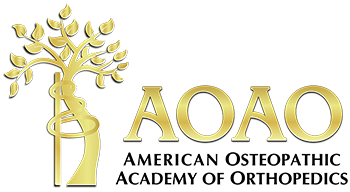1Mullane A, 2Parikh, S, 3Dutta A, 4Ramesh, S 5Koepplinger M
1Columbia Orthopedics, 2McGovern Medical School, The University of Texas Houston Health Science Center, 3University of North Texas Health Science Center, Fort Worth, TX, 3,4McGovern Medical School, The University of Texas Houston Health Science Center
Introduction
Distal radius fractures account for 18% to 25% of all long bone fractures, with approximately 50% of fracture patterns involving the articular surface. Fractures involving the volar lip of the lunate facet pose potential problems with postoperative recovery if this fragment is not properly stabilized at the time of surgery. Volar lunate facet fracture fragments are often unrecognized with preoperative radiographs or underappreciated with routine volar surgical approaches to the wrist. Improper stabilization or a lack of recognition of an unstable volar lunate facet fragment can lead to radiocarpal instability, malunion and dysfunction. Common surgical approaches to the volar distal radius prevent adequate visualization or stabilization of the volar ulnar facet fragment. The purpose of this project is to describe a technique for intraoperative assessment of the stability of the volar lunate facet fragment fixation when it is recognized.
Methods
At the conclusion of fracture fixation, physician directed fluoroscopy is used to obtain a true lateral radiograph of the wrist. With the fixation in place, the surgeon stabilizes the forearm proximally and attempts to translate the carpus volarly under live fluoroscopy with a focus on evaluating the stability of the radiocarpal joint.
Results
Radiographic focus on movement of the volar teardrop fragment with translational force can reveal its instability and determine adequacy of fixation. If the radiographic distal radius teardrop translates volarly during the test, or the volar lunate facet is visualized to move with volar translational force, the fragment is inadequately buttressed by the fixation technique and is deemed unstable.
Conclusion
Delayed discovery of volar lunate facet fragment instability and concomitant radiocarpal subluxation is often not elucidated until the first post-operative follow-up plain film radiographs. Unfortunately, revision surgery to fix this malalignment issue burdens the patient with additional risks and costs. This simple technique could provide an inexpensive way to assist in the prevention of the morbidity associated with radiocarpal instability and malunion. Our next steps will be to validate this test with prospectively collected data and report on the incidence of this injury pattern in a level 1 trauma center.


